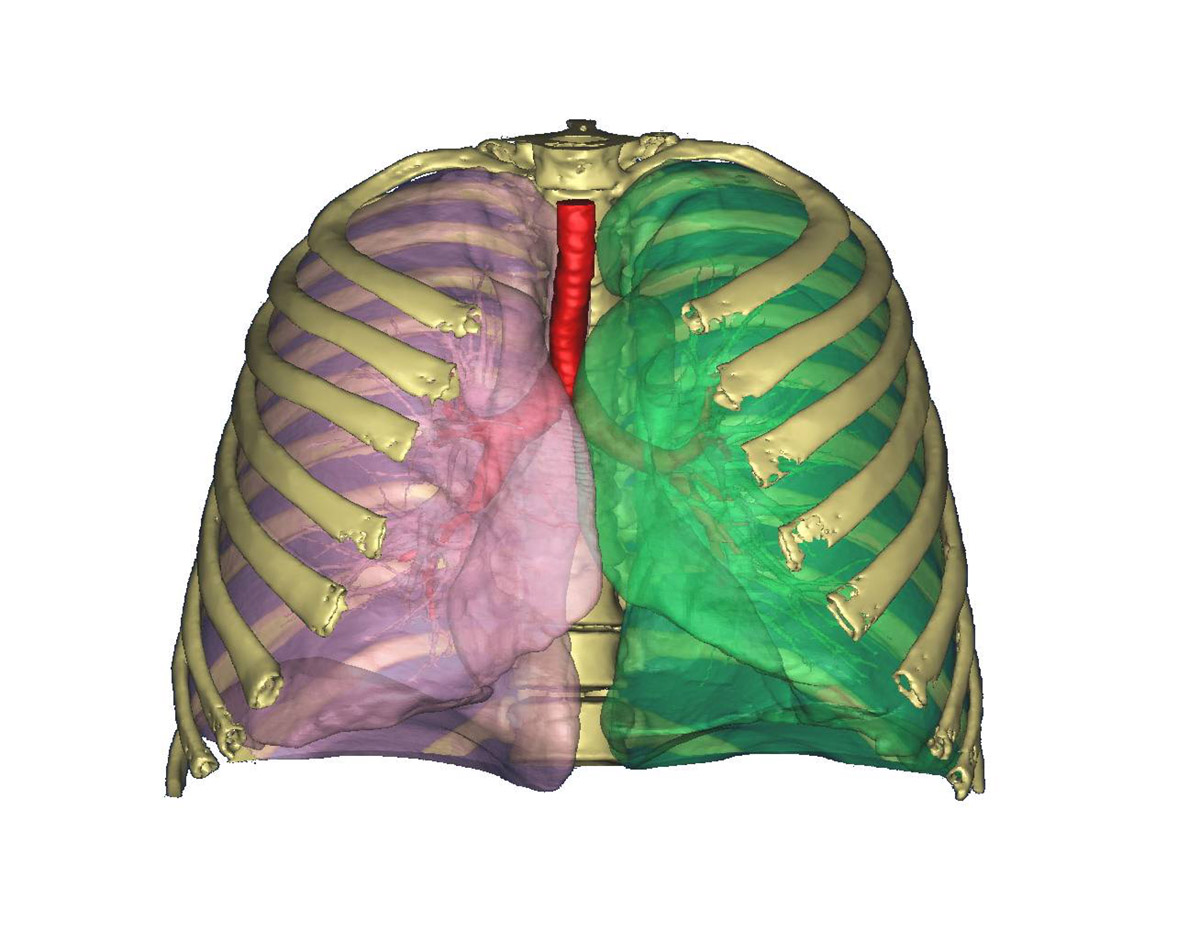
Causes of bullous emphysema
Bullous emphysema is quite an uncommon respiratory disease. In most of the cases, patients with bullous emphysema have a long cigarette smoking history, cocaine smoking, pulmonary sarcoidosis, 1-antitrypsin deficiency, 1-antichymotrypsin deficiency, Marfan’s syndrome, Ehlers-Danlos syndrome or have been exposed to inhaled fiberglass.
New scientific studies have revealed that marijuana smokers have the biggest chance of developing bullous lung disease. The reason behind this fact is that marijuana smokers inhale the smoke and hold it for a longer time in their lungs. There have been cases where mine workers and other coal-related workers have contracted the disease.
Symptoms of bullous emphysema
Usually, patients with bullous lung disease are asymptomatic, meaning that they may not notice that there is anything wrong unless they go to the doctor for an unrelated reason. However, patients may sometimes experience difficulty breathing, chronic coughing, chest pain, and other symptoms related to a lack of oxygen in the blood, such as cyanosis. Symptoms of chest pain and wheezing are often worsening when the patient engages in physical activity. Some patients may even suffer from nausea, loss of appetite and chronic fatigue. These secondary symptoms are caused by constant breathing problems. Low oxygen levels may also result in heart problems, weakness, and discoloration of the nails.
Treatment of bullous emphysema
The treatment of bullous emphysema can be both medical and surgical. Patients will usually be advised to quit smoking and avoid competitive sports. Doctors will usually insist on annual chest x-ray. If an infection is a cause of bullae, doctors may prescribe antibiotics. Surgery is often considered only if the patient doesn’t respond properly to medical therapy.
The surgical procedure is aimed to provide symptomatic relief and improve lung function. Surgery is usually indicated in patients with: large bullae causing dyspnea (shortness of breath), increasing size of bulla, recurrent pneumothorax, infected bullae not responding to medications, acute respiratory failure, and acute distension of the bulla. The most frequently considered medical procedures are median sternotomy, lateral thoracotomy, and video assisted thoracoscopic surgery.
If you are experiencing any symptoms that could point to a respiratory condition, you are advised to seek medical care as soon as possible. The sooner you start with treatment and begin to implement lifestyle changes, the better your outcome is likely to be.









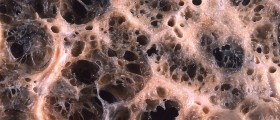

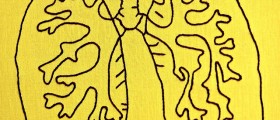


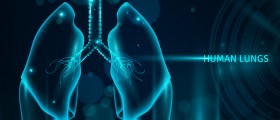
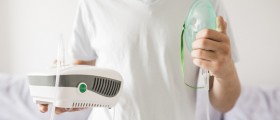
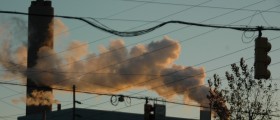
Your thoughts on this
Loading...